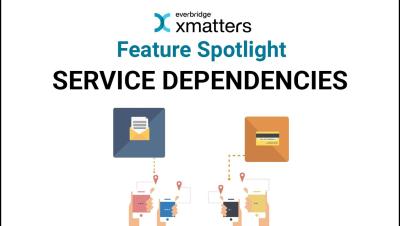What Is Shadow Traffic? All You Need to Know
Production traffic can often be unpredictable, and distinguishing genuine user interactions from mere noise becomes a pivotal step in comprehensively grasping the types of requests and workflows occurring within your deployment. One important concept to explore in this context is shadow traffic, which plays a significant role in analytics and cybersecurity but is often misunderstood or rarely discussed.









